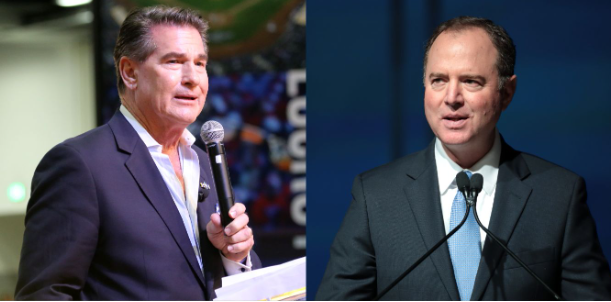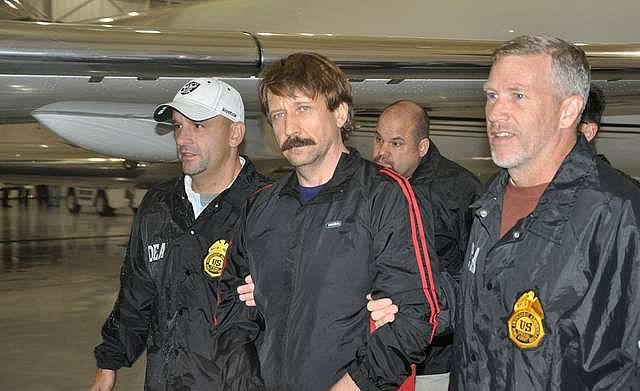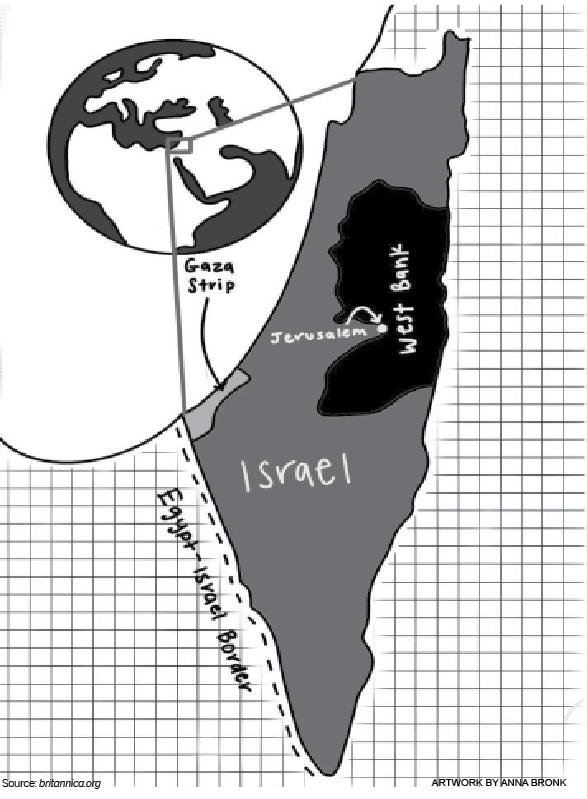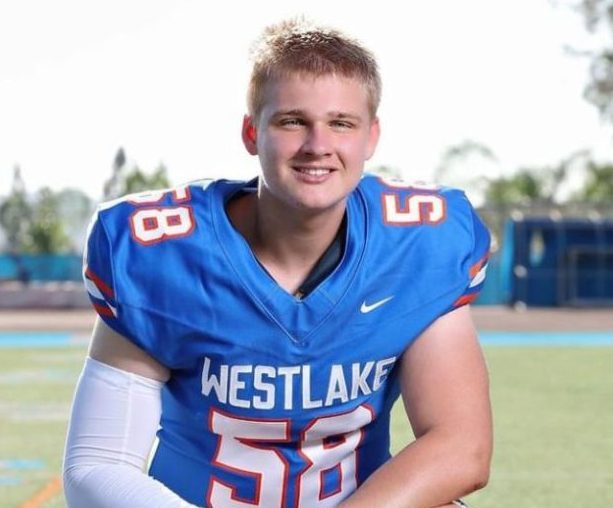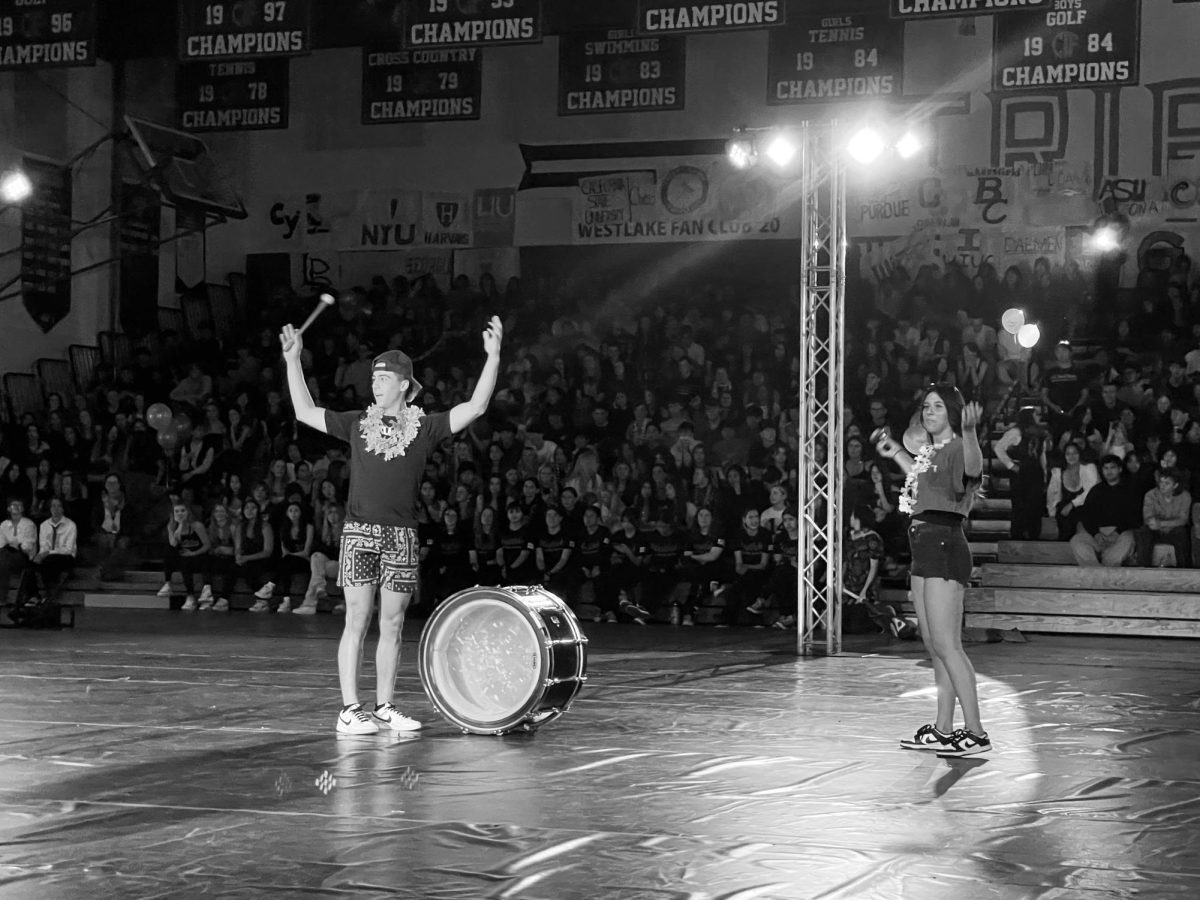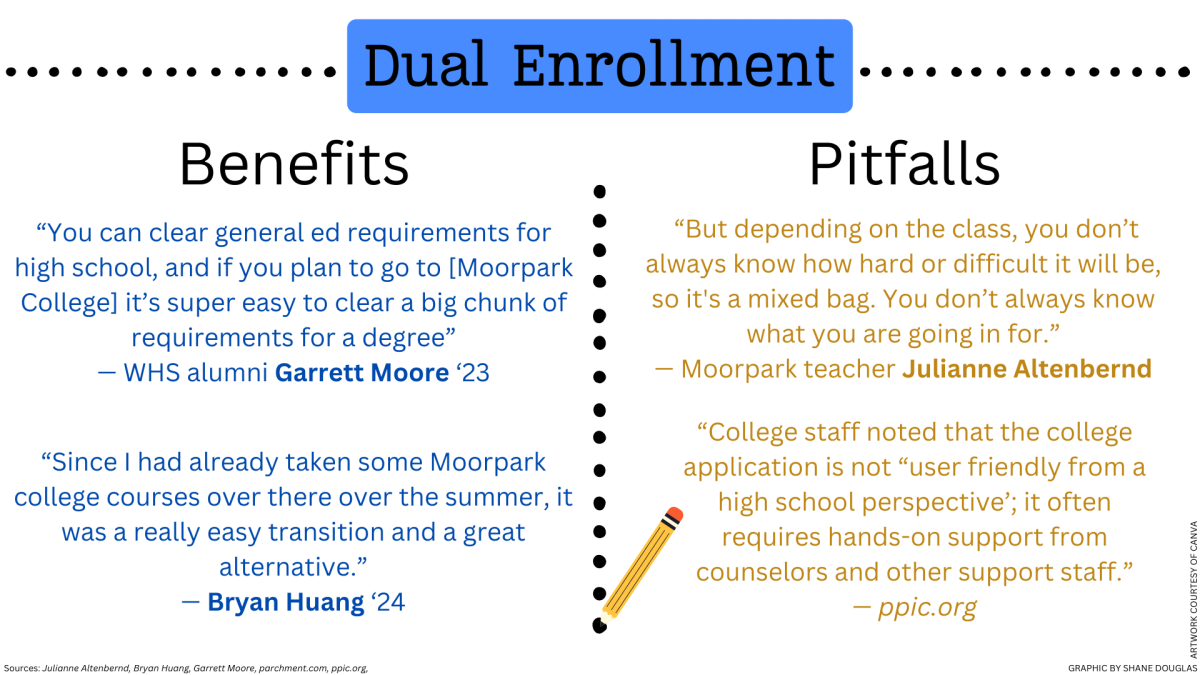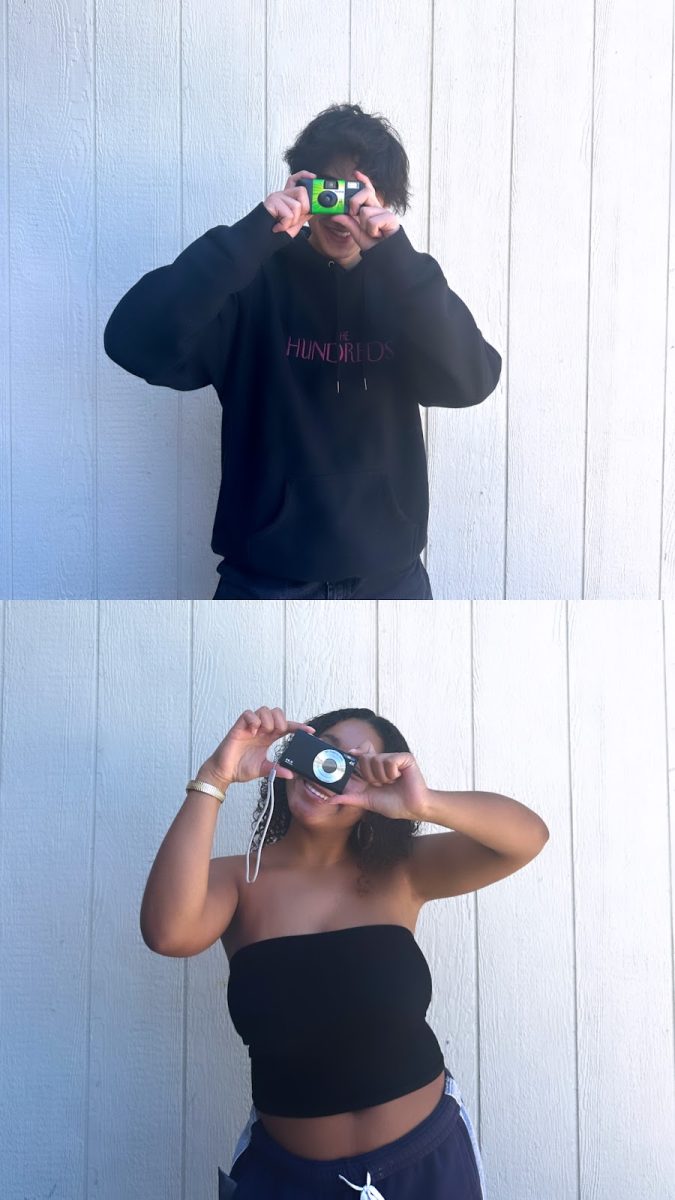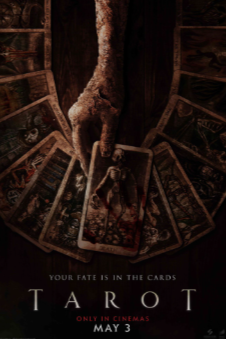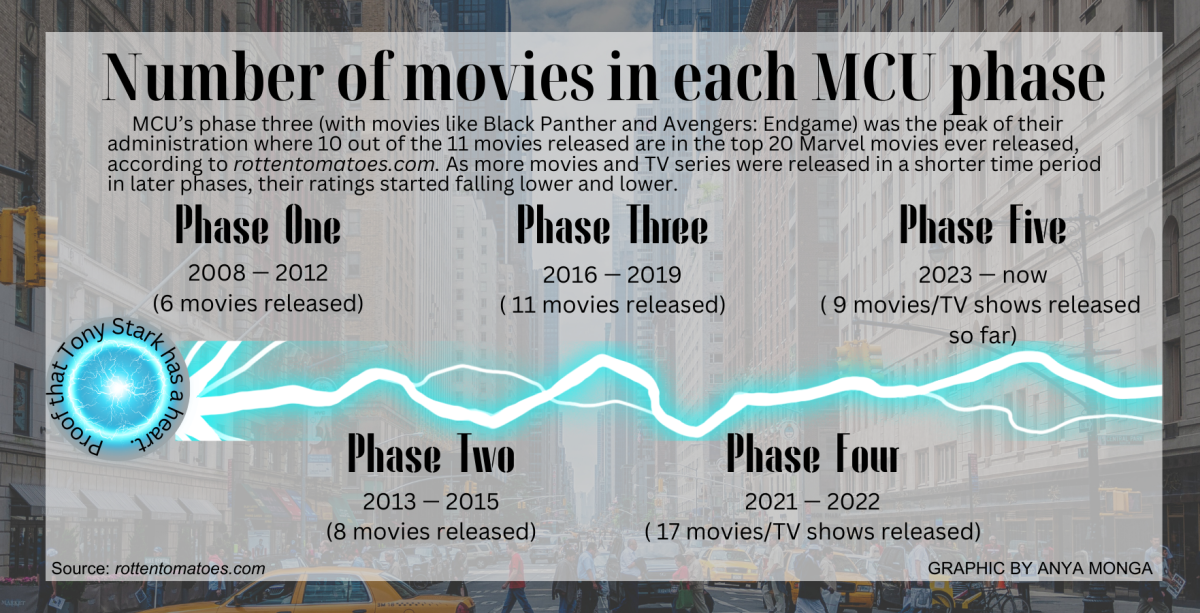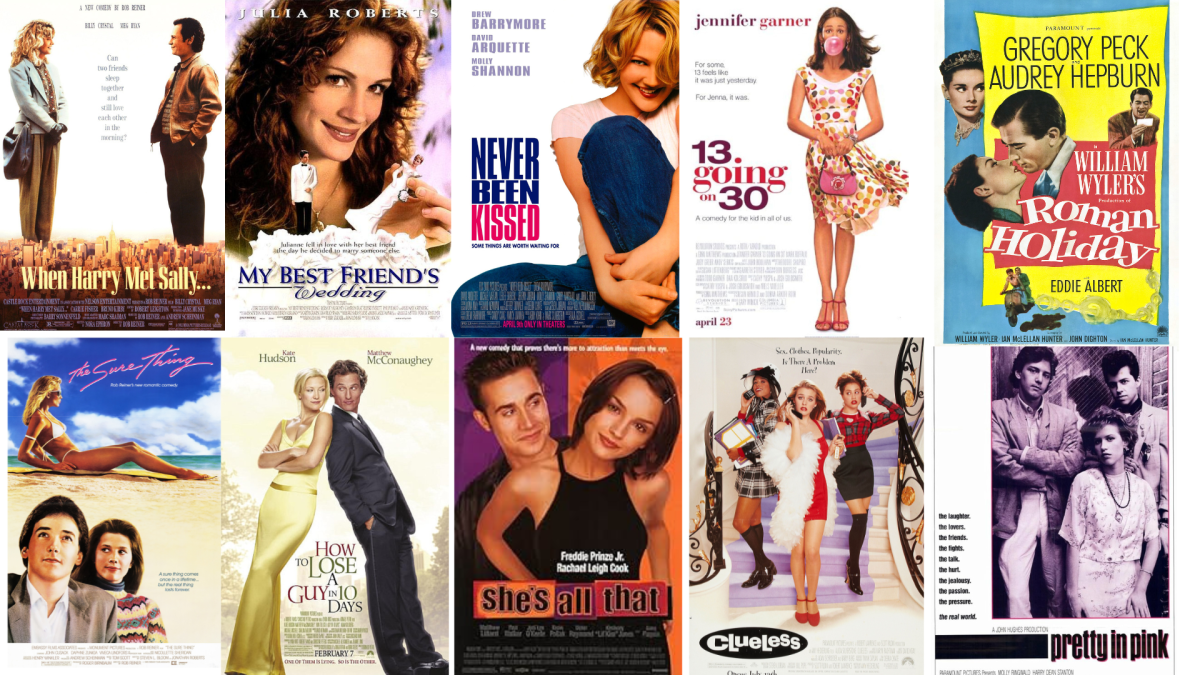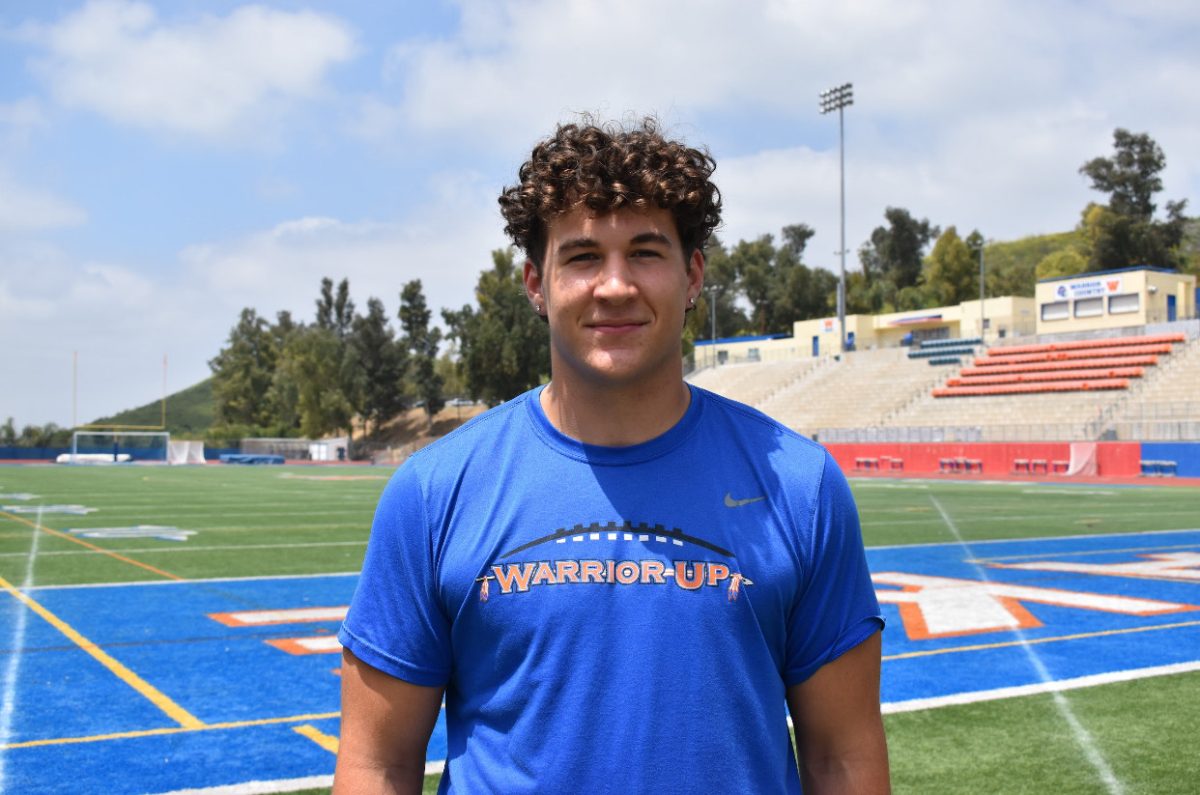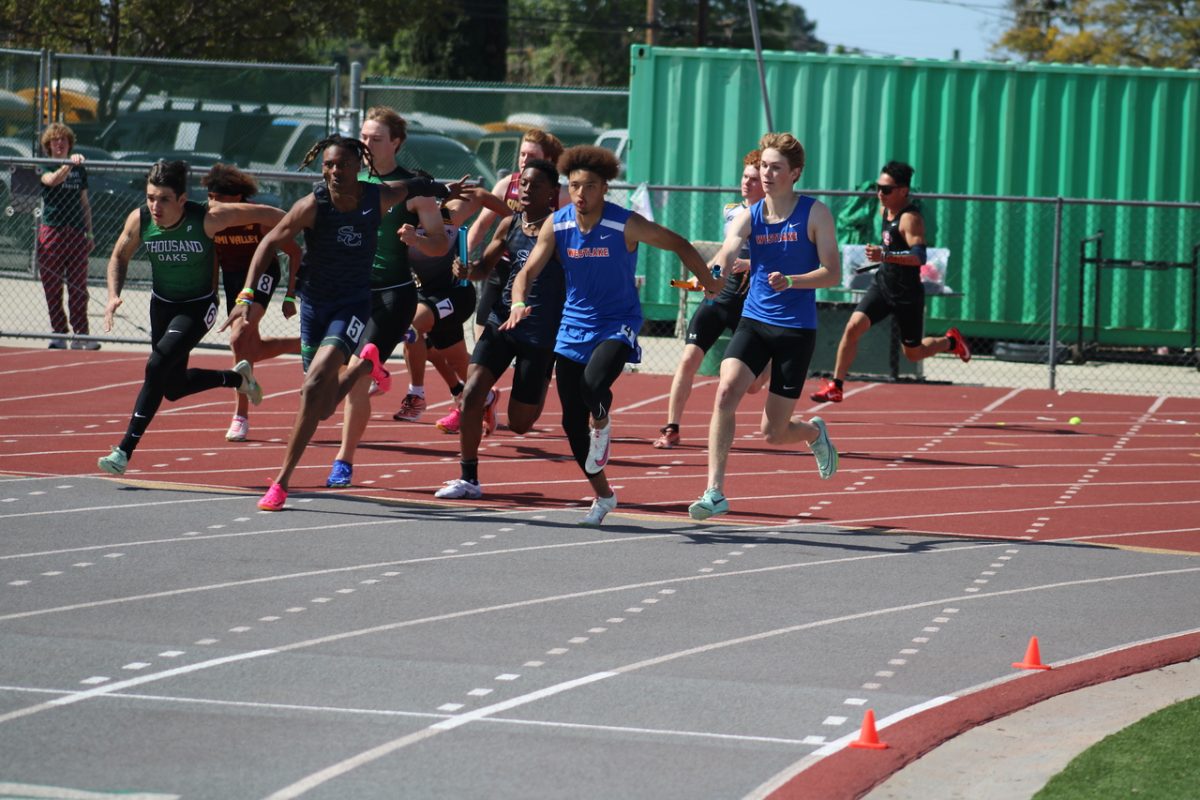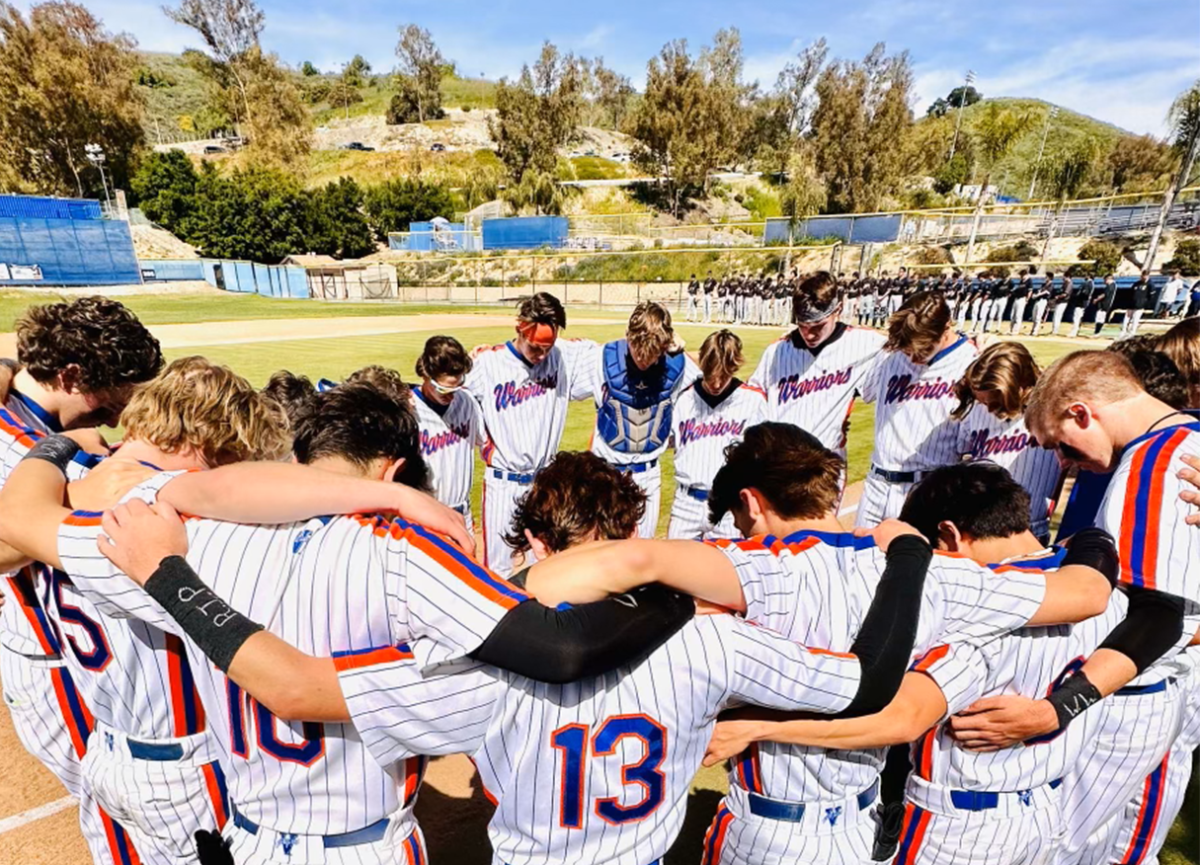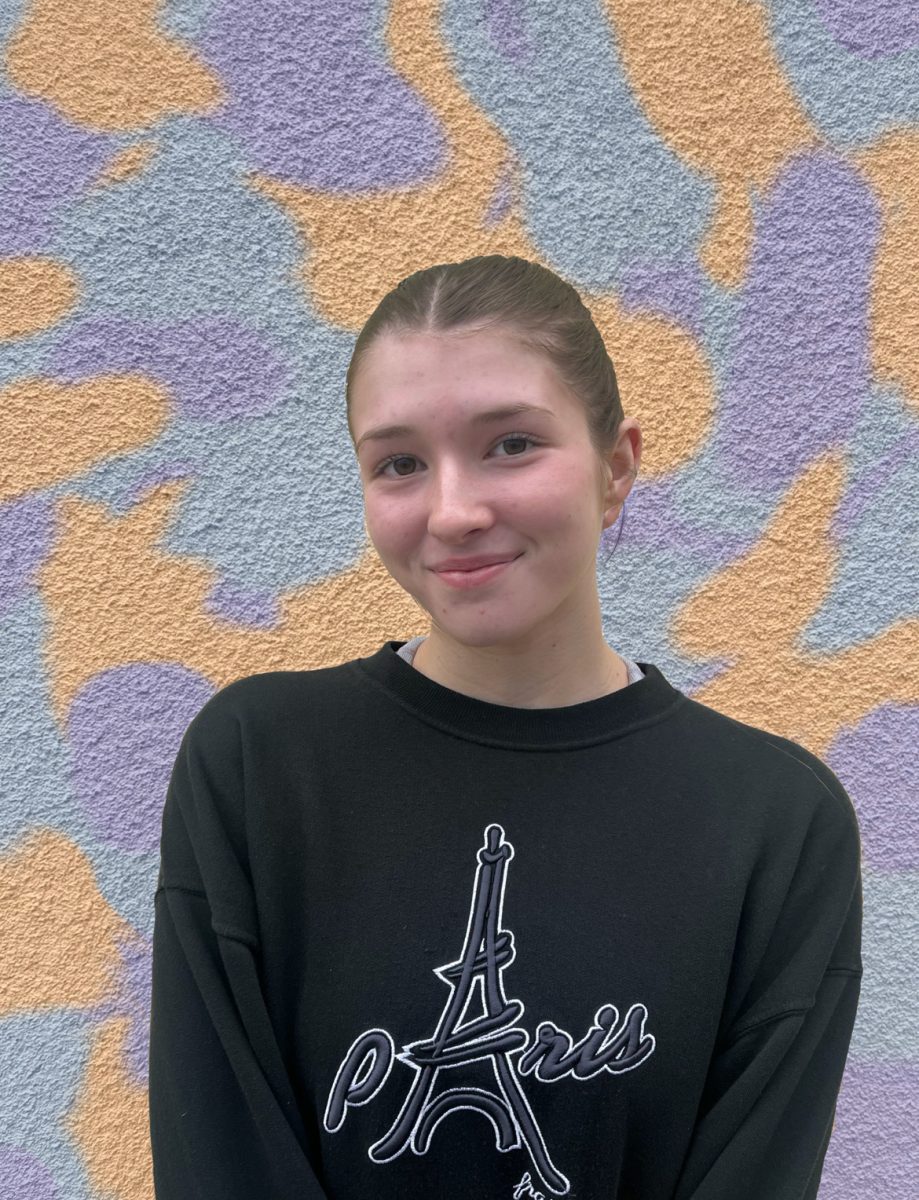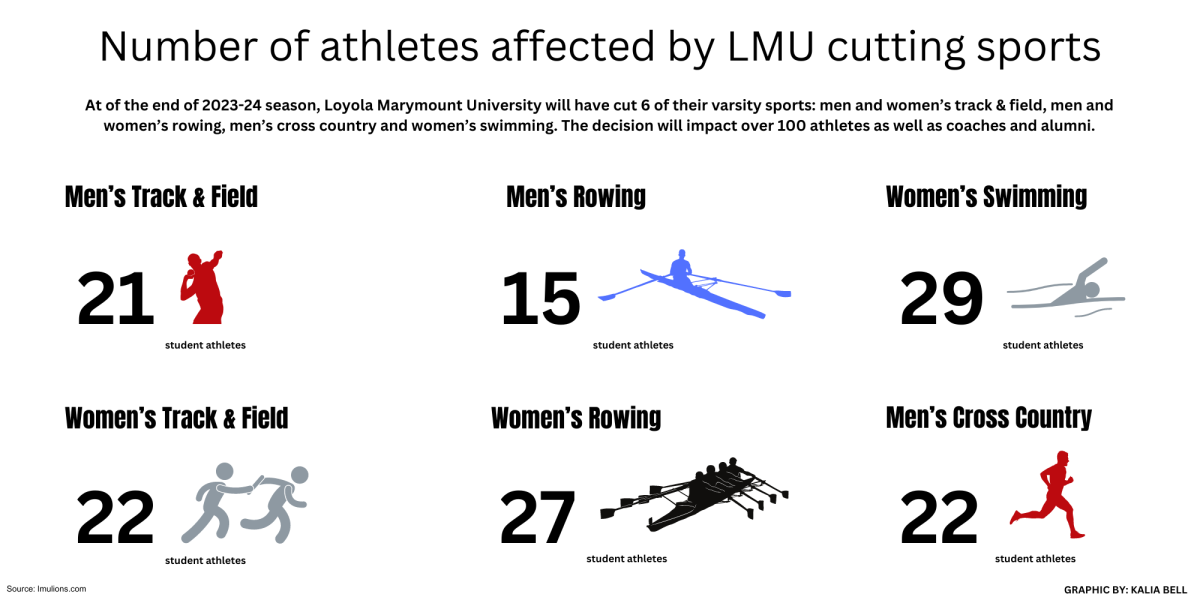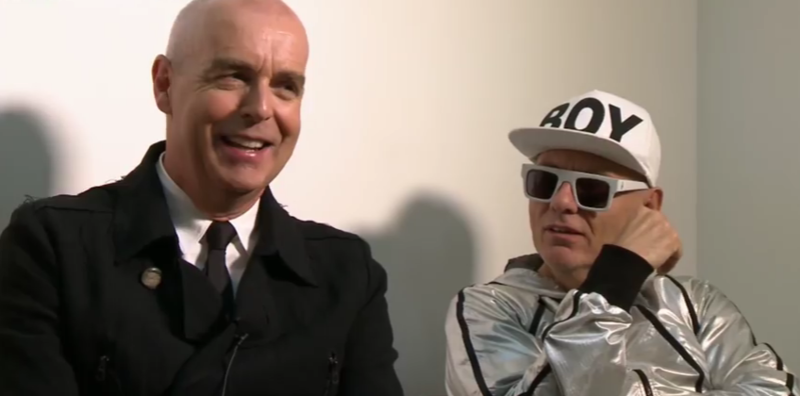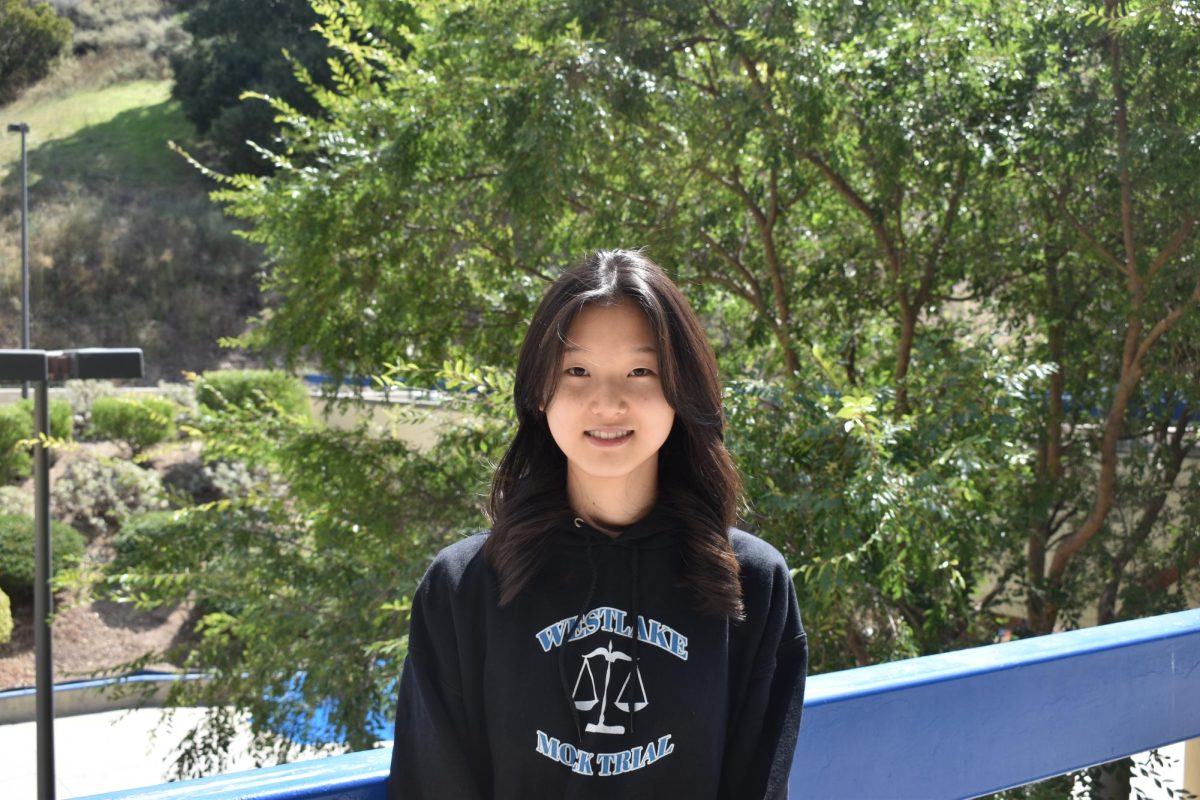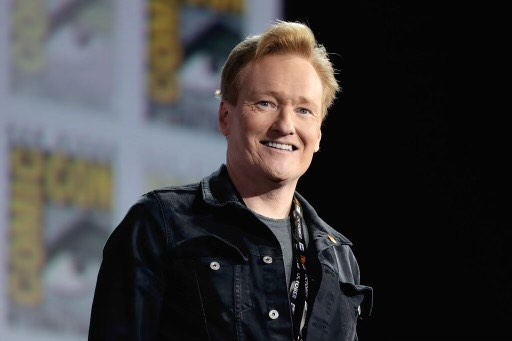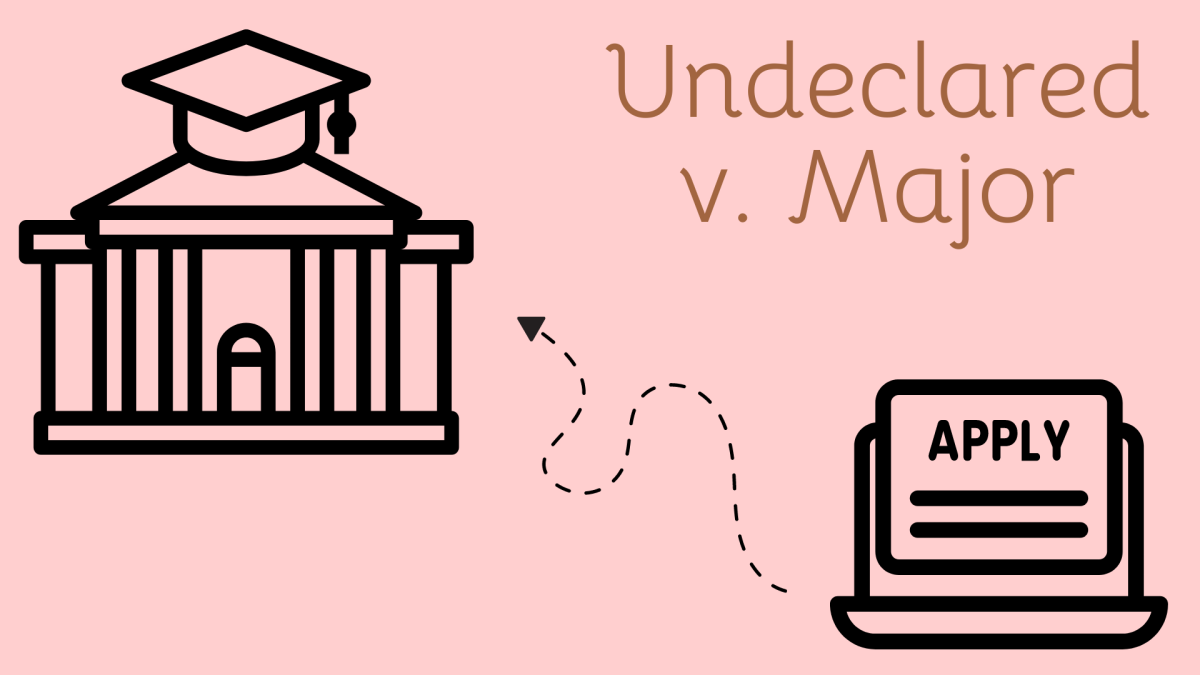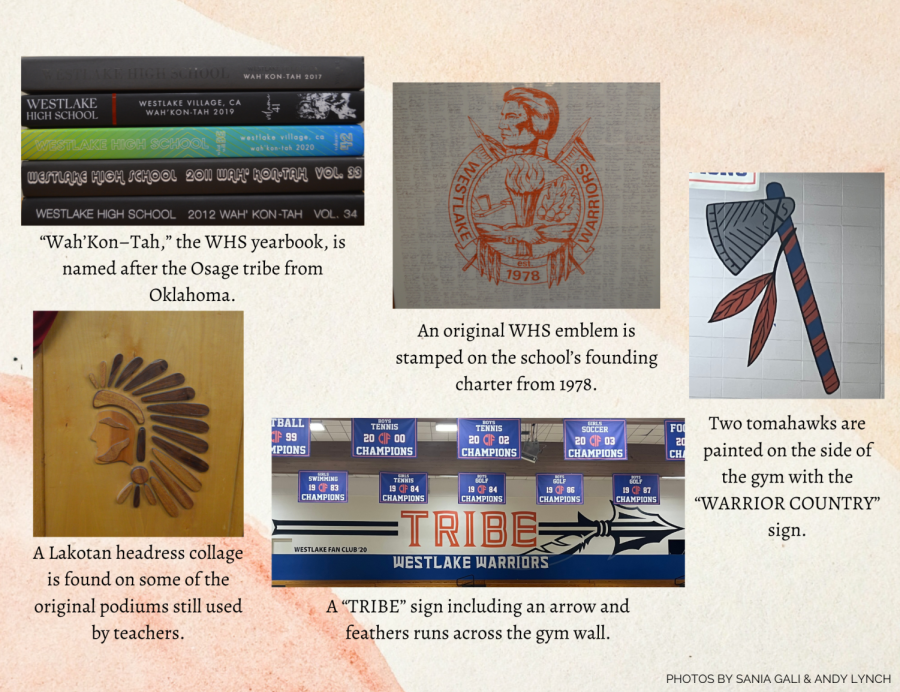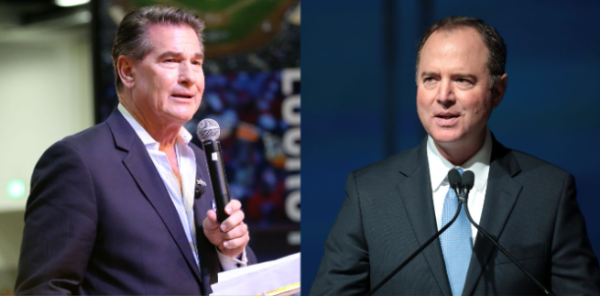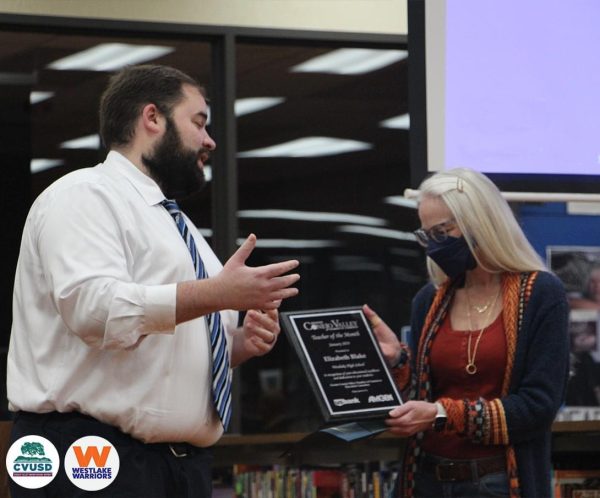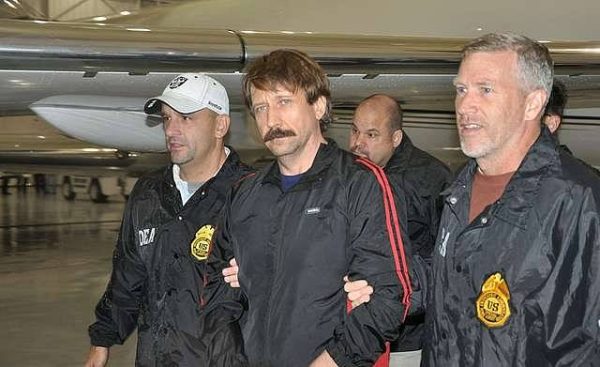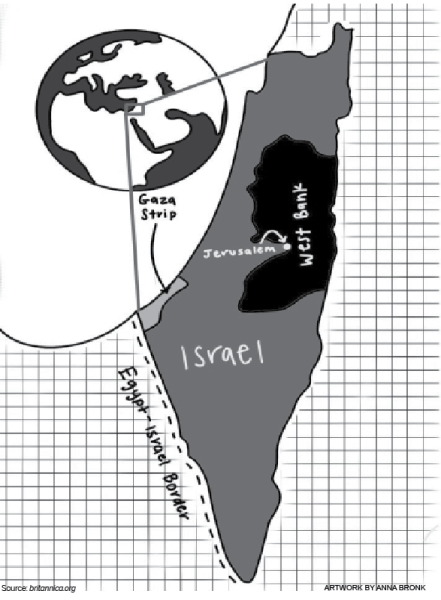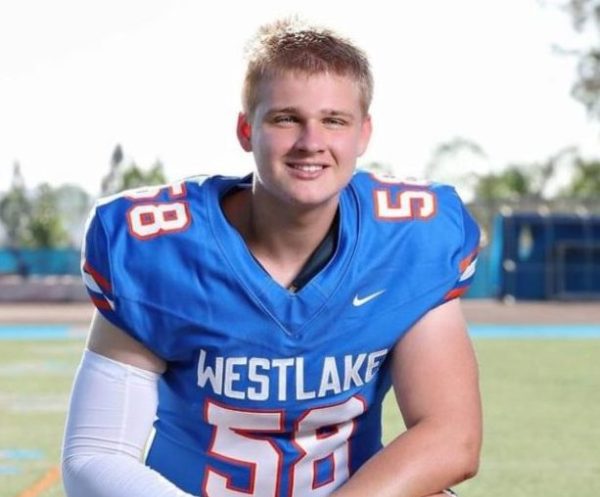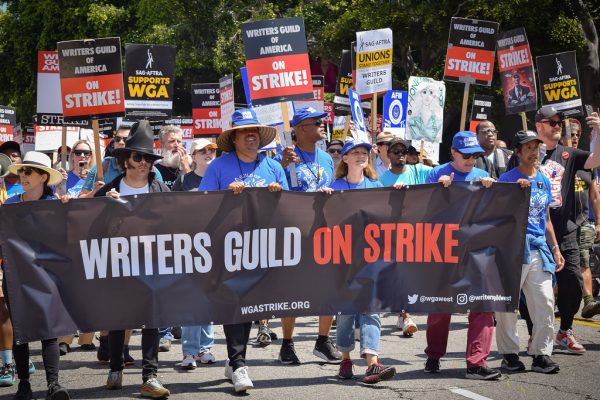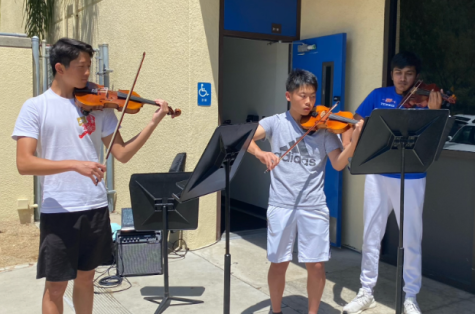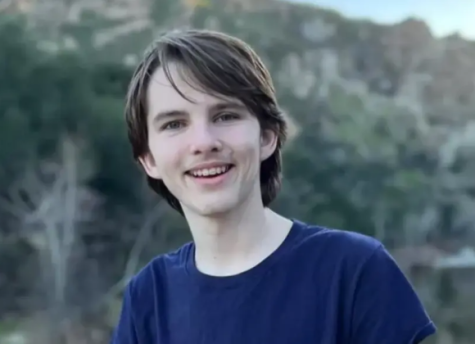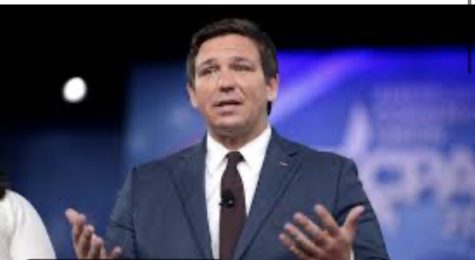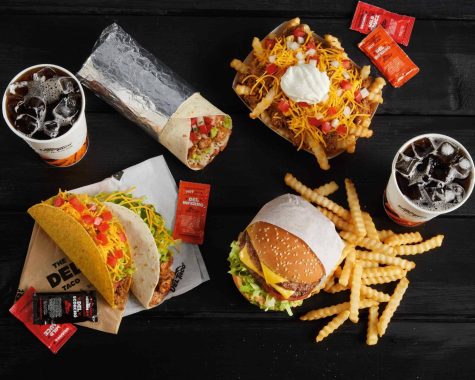WHS re-evaluates Warrior mascot
During the start of the 2022–23 school year, WHS has taken steps to re–evaluate the school mascot, specifically regarding its affiliation with Native American culture. Faculty and staff members have held discussions regarding possible changes, and these conversations have introduced three separate courses of action: keep the current mascot how it is, remove the Native American imagery but remain as “Warriors” or rebrand completely.
“If the way we have these conversations isn’t done right, we are going to divide people,” said Principal Jason Branham. “Our society is so heightened and ready to be divided, so I didn’t want that to happen. That was my fear that people would become so polarized that we lose sight of the ‘why.’”
Prior to COVID–19, a small group of teachers initiated a discussion about the possibility of an alternative mascot with Branham, but they decided to delay further conversations until the pandemic settled.
“Our school represents more than just us,” said Branham. “When [COVID–19] hit I said, ‘Listen, people are feeling enough stuff in our world right now with the pandemic, so we’re [going to] put this on pause.”
Since the 1990s, a national movement has prompted schools and sports teams to re–examine their use of Native American imagery. 79 schools nationwide have changed their mascots since 2010, and 40 schools have changed since the beginning of 2019, according to ncai.org.
“We need to define what the Warrior represents,” said Branham. “Let that definition of the Warrior dictate and drive what our chants and mascot become … People are looking at the logo, name and mascot, but to me it’s so much deeper than that.”
The steps taken to re–examine the imagery associated with Native Americans have remained steady, with WHS removing specific images and references over time.
“Back in 1999, we removed the headdress from everything,” said Branham. “We used to have headdresses on the side of every locker bank and all over [WHS]. About six years ago or so, we got rid of the tomahawks. Through some of those conversations, people talked about the feathers on the spear and the feathers having Native American imagery and correlation.”
This school year, the faculty and staff at WHS have held a few meetings, with each side expressing opinions on the mascot.
“We didn’t end up coming to much of a conclusion by the end of any of the meetings, [as] it was mostly people voicing their opinions and not finding a lot of common ground,” said Roger Biersborn, AP Art History teacher and WHS yearbook adviser.
Some students have expressed concern that various cheers at WHS’s rallies and sports events reinforced a negative stereotype associated with the Native American culture.
“Even though [the cheers are] not supposed to be violent, it’s very aggressive in the way that [WHS does] it,” said Keira Lefkowitz ‘24, a tribal card carrying member of the Akmel O’ Otham Peoples. “As Native Americans, [we] have worked so hard to get away from that word of ‘savages’ which we’ve been called.”
Others feel that the imagery used at WHS portrays the Native American community in a positive light and celebrates its culture. Individuals that support keeping the mascot also voice that the accomplishments and achievements of WHS help highlight the Indigenous culture.
“I think for me [the Warrior is] an identity,” said Melissa Magpali, AP Ceramics and ASG adviser. “Being here for 16 years — I did not go here — but I feel it’s part of my life. I think that the Native American imagery is a positive imagery, and it acknowledges what they’ve been through.”
Due to the differing opinions on how WHS should address the current mascot, three different options were suggested by faculty members. The first option proposed that WHS keep the Warrior name and imagery.
“I just think that changing [the mascot disregards] our past achievements and takes out what it means to be a Westlake Warrior,” said Ethan Bolger ‘23. “I think there’s more positivity in our current brand than trying to rename a brand or change it. It’s more of a positive tradition [to] bring everyone together rather than tear people apart. We are trying to promote a [sense of] community.”
However, others argue that the imagery doesn’t have any tie to WHS’s achievements.
“If the accomplishment is something to be proud of, then the image not being there doesn’t change it,” said Kayla Maxedon, Honors Biology teacher and WHS alumna. “It’s the school, and it’s the people, not the image. To me, the image should be something that people can rally around.”
Some have expressed concern with the current use of the feathered spear as part of the WHS brand.
“Feathers are the most sacred thing across all Indigenous tribes,” said Lefkowitz. “In my tribe, we work a lot with feathers to the point where I wouldn’t touch a feather because it’s so sacred. There’s traditions and rituals of why we use feathers; it’s not just [for] a cute t–shirt.”
Given this concern, a second course of action would involve keeping the Warrior name but eliminating the Native American imagery associated with the school. If this option was employed, WHS would use a Warrior external to the Native American culture.
“We [want] an actual, physical mascot that represents more than just a sports program and embodies everyone on campus,” said Scott Holloway, AP and CP Physics teacher. “I understand that having a mascot of strength is important, but does the strength need to be portrayed in a violent manner, such as when the crowd does the tomahawk chop? As a faculty, we’ve tried to erase things that we know are bad stereotypes, but students keep bringing it back and associating it with the Warrior name.”
For some, the name Warrior is important in defining their attitude towards life and encourages the application of a positive mindset when faced with challenges.
“I think there is an aspect of being a Warrior, not just in football but in life, ” said varsity head football coach Mark Servé. “You’re going to get knocked down and have to decide whether you are going to stay down or get up, and in my mind, a warrior is going to stand up.”
Since the name Warriors and Native American imagery have been associated with WHS for multiple years, some Chumash tribal members have voiced concern that the atmosphere on campus and in student section cheers will continue to be tied to the American Indigenous culture even after removing the imagery.
“I feel like even if [WHS] changed the logo, and even with the name Warriors, ignorant minds are going to add the spear, and they’re going to add the war bonnet,” said active Chumash tribal member KC Rodriguez. “They’re still going to do these other racial acts to celebrate the Warrior.”
With this in mind, a third option involves rebranding WHS entirely and removing the mascot and the name Warriors.
“[The Chumash people] didn’t self proclaim [themselves] as warriors,” said Rodriguez. “That’s just all colonization. That’s not who we are; that’s not what we look like. That picture and image has no connection to who we are or ever been … That’s never been a part of our history.”
However, some feel that the Warrior name and imagery is a large part of WHS’s image.
“Warrior just in general is such a cool image to have,” said Izzy Glonek ‘23. “I feel like having that Native American [origin] in that name kind of shows that we are the Warriors … [but] I’d want to have a conversation about it and sit down and understand where the [Chumash tribe is] coming from.”
During the meetings, some teachers and staff expressed concern about the financial impact that rebranding would have on WHS.
“There are a lot of other expenses in education that are not fully funded, and the amount of money that it’s going to take [to rebrand] could go somewhere else,” said Kristi Hronek, WHS science teacher and WHS booster club member. “As a parent, I would be concerned because I’m already asked to voluntarily give a lot of money … anything that already has a logo would have to be repurchased and redone. From a booster perspective, … we are already asked to fill the gap with fundraisers and financial situations where parents aren’t able to donate, and that adds another burden to an already taxed booster club.”
Although no decisions have been made about what is best suited for WHS, the staff and faculty are committed to supporting the student body.
“Being part of these faculty discussions, there are a lot of differing opinions,” said Lisa Ryder, Geometry CVS and Computer Science teacher. “For me, when I’m in those meetings, and I’m hearing that passion, it speaks to me about how much the faculty cares about the school and the students. Even when we don’t agree, we do agree that we care about WHS.”
Despite the focus on staff and faculty meetings, Branham has stated that there will be a student–wide vote on the mascot in the future.
“We have to make sure that we have to engage everybody — students, staff, community, [and] alumni,” said Branham. “Now that we’ve had those conversations, the next step is having a lunchtime meeting in the library and inviting all students to come. I think it’s important that we have conversations to discuss the ‘why’ and the reasons that we are even considering this before having a vote. If you just go with a vote without understanding the ‘why’ behind things, then they are going to vote based on what they think in their head without some real information.”
With the privilege of voting comes the responsibility to educate oneself on the issue.
“I would say educate yourself, [and] hear both sides, because both sides are very important,” said Lefkowitz. “Think about why somebody would want to keep it, but also think about why someone would want to get rid of it.”
Your donation will support the student journalists of Westlake High School. Your contribution will allow us to purchase equipment and cover our annual website hosting costs.
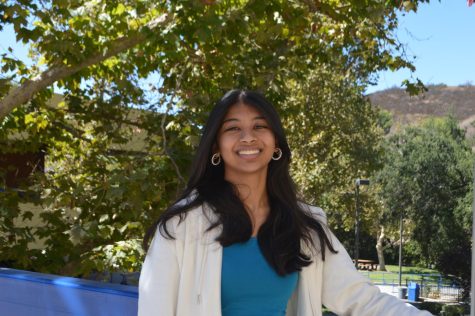
My name is Sania Gali and I am the Co-Web-Editor in Chief and the News Section Editor for The Arrow. I love journalism because of the exciting stories...
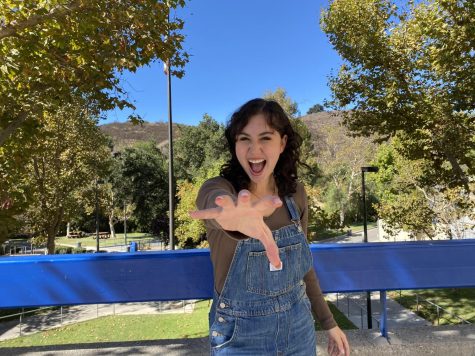
she/her
Hi! I’m Summer Nichols, and I am a web-editor-in-chief and A & E section editor for The Arrow. I originally joined the staff because I...
